Division by 10 and 100 and 1000
Division by 10 and 100 and 1000 are explained here step by step. We know the following facts regarding division process:
1. (i) When any number is divided by 1, the quotient is the number itself.
(a) 7 ÷ 1 = 7
(b) 53 ÷ 1 = 53
(c) 275 ÷ 1 = 275
(ii) When a number (except 0) is divided by itself, the quotient is 1.
(a) 7 ÷7 = 1
(b) 53 ÷ 53 = 1
(c) 275 ÷ 275 = 1
(iii) When zero (0) is divided by any number, the quotient is zero (0), but no number can be divided by zero (0).
(a) 0 ÷ 8 = 0, 0/8 = 0, 0 ÷ 115 = 0, 0/115 = 0
(b) 0 ÷ 0 has no meaning, 10 ÷ 0 has no meaning, 15 ÷ 0 has no meaning.
2. Division by 10:
(i) 20 ÷ 10 = 2
(ii) 40 ÷10 = 4
(iii) 120 ÷ 10 = 12
(iv) 176 ÷ 10 = 17, remainder 6
When a number is divided by 10, the digits, except the digit at the
one's place, make the quotient and the digit at one's place becomes the
remainder.
As for example:
(i) 48 ÷ 10
Quotient = 4 Remainder = 8
(ii) 76 ÷ 10
Quotient = 7 Remainder = 6
(iii) 492 ÷ 10
Quotient = 49 Remainder = 2
(iv) 178 ÷ 10
Quotient = 17 Remainder = 8
(v) 569 ÷ 10
Quotient = 56 Remainder = 9
(vi) 4183 ÷ 10
Quotient = 418 Remainder = 3
(vii) Divide 84 by 10.
Solution:
(vii) Divide 868 by 10.
Solution:
Thus, when a number is divided by 10, the remainder is always the digit of the unit place and the quotient is the number made by the remaining digits.
In other words, when we divide a number by 10, the digit at ones place of the given number becomes the remainder and the digits at the remaining places of the number given the quotient.
Therefore, notice that on dividing by 10, the digit in the ONES place forms the remainder, while the remaining digits form the quotient.
3. Division by 100:
(i) 500 ÷ 100 = 5
(ii) 700 ÷100 = 7
(iii) 752 ÷ 100 = 7, remainder 52
When a number is divided by 100, the quotient is the number made by the digits, except the digits at one's and ten's places. The number formed by ten's and one's digit of the dividend number is the remainder.
As for example:
(i) 476 ÷ 100
Will give quotient 4 remainder 76
(ii) 3479 ÷ 100
Will give quotient 34 remainder 79
The number of digits in the remainder is equal to the number of zeros in the divisor.
(iii) 527 ÷ 100
Quotient = 5 Remainder = 27
(iv) 609 ÷ 100
Quotient = 6 Remainder = 9
(v) 7635 ÷ 100
Quotient = 76 Remainder = 35
(vi) 7635 ÷ 100
Quotient = 30 Remainder = 79
(vii) Divide 396 by 100.
Thus, when the dividend number is divided by 100, the extreme right two digits form the remainder and the rest of the digits form the quotient.
In other words, when we divide a number by 100, the digit at ones and tens place together of the given number forms the remainder and the digits at the remaining places of the number given the quotient.
Therefore, when we divide by 100, the two digits in the ONES and the TENS place form the remainder while the remaining digits form the quotient.
4. Division by 1000:
(i) 6000 ÷ 1000 = 6
(ii) 9000 ÷1000 = 9
(iii) 8542 ÷ 1000 = 8, remainder 542
(iv) 7294 ÷ 1000 = 7, remainder 294
Following this method, when we divide by 1000, the remainder will have 3 digits.
When
a number is divided by 1000, the quotient is the number made of the
digits except the digits at one's, ten's and hundred's place. The number
formed by these three digits is the remainder.
As for example:
(i) 1379 ÷ 1000
Will give quotient 1 remainder 379
(ii)45362 ÷ 1000
Will give quotient 45 remainder 362
The 3 digits in the ONES, TENS, HUNDREDS places form the remainder.
(iii) 3851 ÷ 1000
Quotient = 3 Remainder = 851
(iv) 9874 ÷ 1000
Quotient = 9 Remainder = 874
(v) 35786 ÷ 1000
Quotient = 35 Remainder = 786
(vi) Divide 4129 by 1000.
Solution:
Thus, when the dividend number is divided by 1000, the extreme right three digits form the remainder and the rest digit/digits form the quotient.
In other words, when we divide a number by 1000, the digit at ones, tens and hundreds place together of the given number forms the remainder and the digits at the remaining places of the number given the quotient.
Note:
The zeros in the divisor help in getting the answer.
|
4532 ÷ 10 |
Q : 453 |
R : 2 |
|
4532 ÷ 100 |
Q : 45 |
R : 32 |
|
4532 ÷ 1000 |
Q : 4 |
R : 532 |
Division of a number by 20, 30, 40.....
(i) 80 ÷ 20
20 × ____ = 80
2 × 4 = 8
So, 20 × 4 = 80
(ii) 140 ÷ 70
70 × ____ = 140
7 × 2 = 14
So, 70 × 2 = 140
(iii) 900 ÷30
30 × ____ = 900
3 × 3 = 9
30 × 3 = 90
So, 30 × 30 = 900
(iv) 320 ÷ 80
80 × ____ = 320
8 × 4 = 32
So, 80 × 4 = 320
Remember:
I: When we divide a number by 10, the quotient is obtained by removing the first digit from the right, i.e. digit in the ones place. The digit in the units place is the remainder.
II: When we divide a number by 100, the quotient is obtained by removing the first two digits from the right, i.e. digit in the tens and ones places. The number formed by the digits in tens and ones places is the remainder.
III: When we divide a number by 1000, the quotient is obtained by removing the first three digits from the right, i.e. digit in the hundreds, tens and ones places. The number formed by the digits in hundreds, tens and ones places is the remainder.
Worksheet on Division by Division by 10 and 100 and 1000:
Questions and Answers on Division by 10, 100 and 1000:
1. (i) 400 ÷ 10 = Q = ............ R = ............
(ii) 352 ÷ 100 = Q = ............ R = ............
(iii) 384 ÷ 100 = Q = ............ R = ............
(iv) 45 ÷ 10 = Q = ............ R = ............
(v) 295 ÷ 10 = Q = ............ R = ............
(vi) 4072 ÷ 100 = Q = ............ R = ............
(vii) 37 ÷ 10 = Q = ............ R = ............
(viii) 9675 ÷ 1000 = Q = ............ R = ............
(ix) 6814 ÷ 1000 = Q = ............ R = ............
(x) 3596 ÷ 100 = Q = ............ R = ............
Answer:
1. (i) Q = 40; R = 0
(ii) Q = 3; R = 52
(iii) Q = 3; R = 84
(iv) Q = 4; R = 5
(v) Q = 29; R = 5
(vi) Q = 40; R = 72
(vii) Q = 3; R = 7
(viii) Q = 9; R = 675
(ix) Q = 6; R = 814
(x) Q = 35; R = 96
2. Find the quotient and remainder:
(i) 610 ÷ 10
(ii) 75 ÷ 10
(iii) 68 ÷ 10
(iv) 100 ÷ 10
(v) 540 ÷ 10
(vi) 950 ÷ 10
(vii) 615 ÷ 10
(viii) 205 ÷ 10
Answer:
2. (i) Quotient: 61; Remainder: 0
(ii) Quotient: 7; Remainder: 5
(iii) Quotient: 6; Remainder: 8
(iv) Quotient: 10; Remainder: 0
(v) Quotient: 54; Remainder: 0
(vi) Quotient: 95; Remainder: 0
(vii) Quotient: 61; Remainder: 5
(viii) Quotient: 20; Remainder: 5
1. How Do You Divide a 2-Digit Numbers by 10?
1. How Do You Divide a 2-Digit Numbers by 10?
Answer:
When we divide a 2-digit numbers by 10, the digit in Ones place is the remainder and digit in Tens place is the quotient.
Let us divide 63 by 10.
6 ← Remainder
10 |¯63
- 60
3 ← Quotient
2. How Do You Divide a 3-Digit Numbers by 10?
2. How Do You Divide a 3-Digit Numbers by 10?
Answer:
When we divide a 3-digit numbers by 10, the digit in Ones place is the remainder and the other digits iof the number make quotient.
Let us divide 63 by 10.
56 ← Remainder
10 |¯563
- 50
63
- 60
3 ← Quotient
Related Concept
● Addition
● Check for Subtraction and Addition
● Word Problems Involving Addition and Subtraction
● Estimating Sums and Differences
● Multiply a Number by a 2-Digit Number
● Multiplication of a Number by a 3-Digit Number
● Word Problems on Multiplication
● Division of Two-Digit by a One-Digit Numbers
● Division of Four-Digit by a One-Digit Numbers
● Division by 10 and 100 and 1000
● Division by Two-Digit Numbers
4th Grade Math Activities
From Division by 10 and 100 and 1000 to HOME PAGE
Didn't find what you were looking for? Or want to know more information about Math Only Math. Use this Google Search to find what you need.
Recent Articles
-
Counting Numbers from 1 to 50 | Match the Number | Missing Numbers
Apr 04, 25 03:46 PM
In counting numbers from 1 to 50, recognize the numbers, count and then join the numbers in the correct number order. Here we mainly need eye-hand coordination to draw the picture and maintain the num -
Counting Eleven to Twenty with Numbers and Words |Numbers from 11 - 20
Apr 04, 25 03:21 PM
Counting eleven to twenty with numbers and words are explained below. One ten and one more is eleven. Eleven comes after ten. One ten and two more is twelve. Twelve comes after eleven. -
5th Grade BODMAS Rule Worksheet | PEMDAS | Order of operations|Answers
Apr 03, 25 03:11 PM
In 5th Grade BODMAS Rule Worksheet you will get different types of problems on mathematical expressions involving different operations, mathematical expression with 'brackets' and 'of' and simplifying… -
Worksheet on Simplification | Simplify Expressions | BODMAS Questions
Apr 03, 25 02:58 PM
In worksheet on simplification, the questions are based in order to simplify expressions involving more than one bracket by using the steps of removal of brackets. This exercise sheet -
Divisible by 2 Video |Test of Divisibility by 2 Trick| Rules| Examples
Apr 03, 25 10:25 AM
A number is divisible by 2 if the digit at unit place is either 0 or multiple of 2. So a number is divisible by 2 if digit at its units place is 0, 2, 4, 6 or 8.
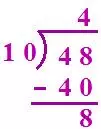


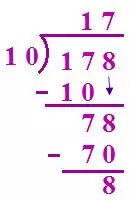
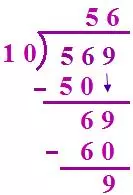
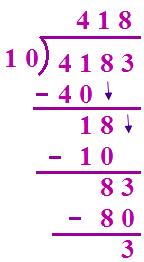

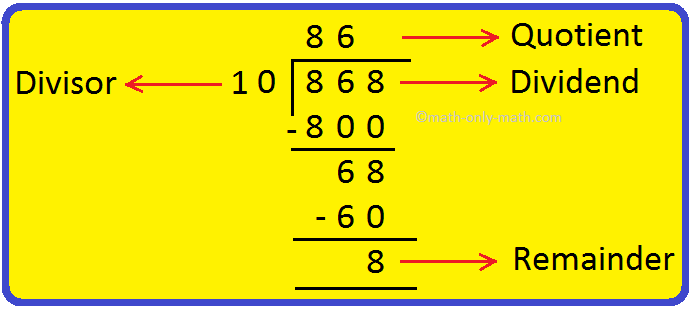
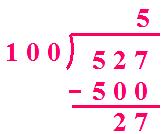
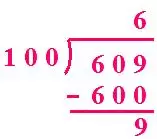
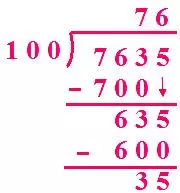






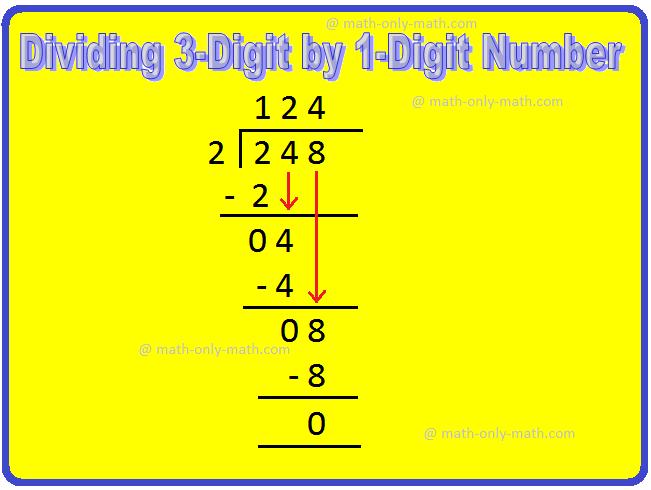
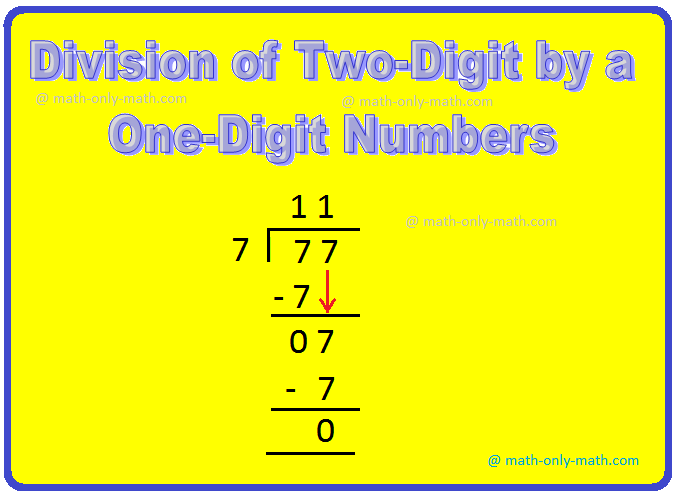
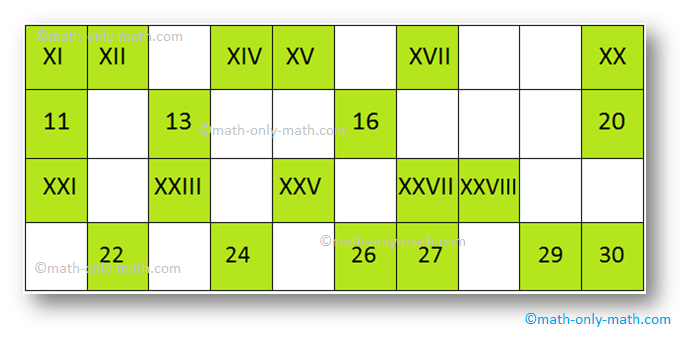


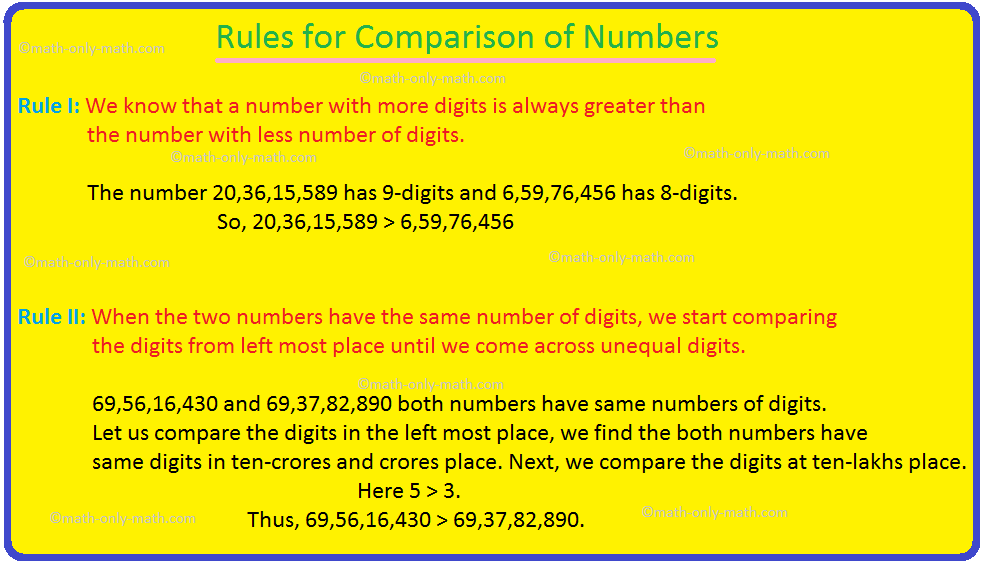
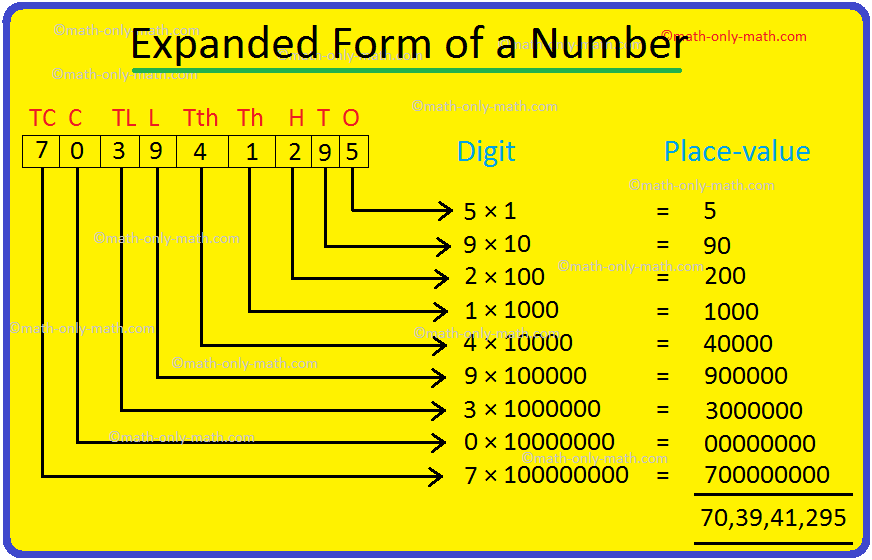
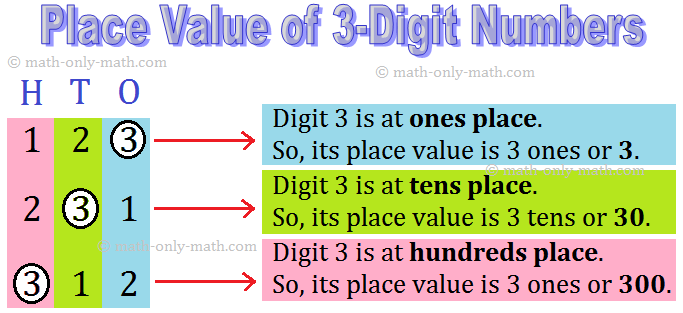
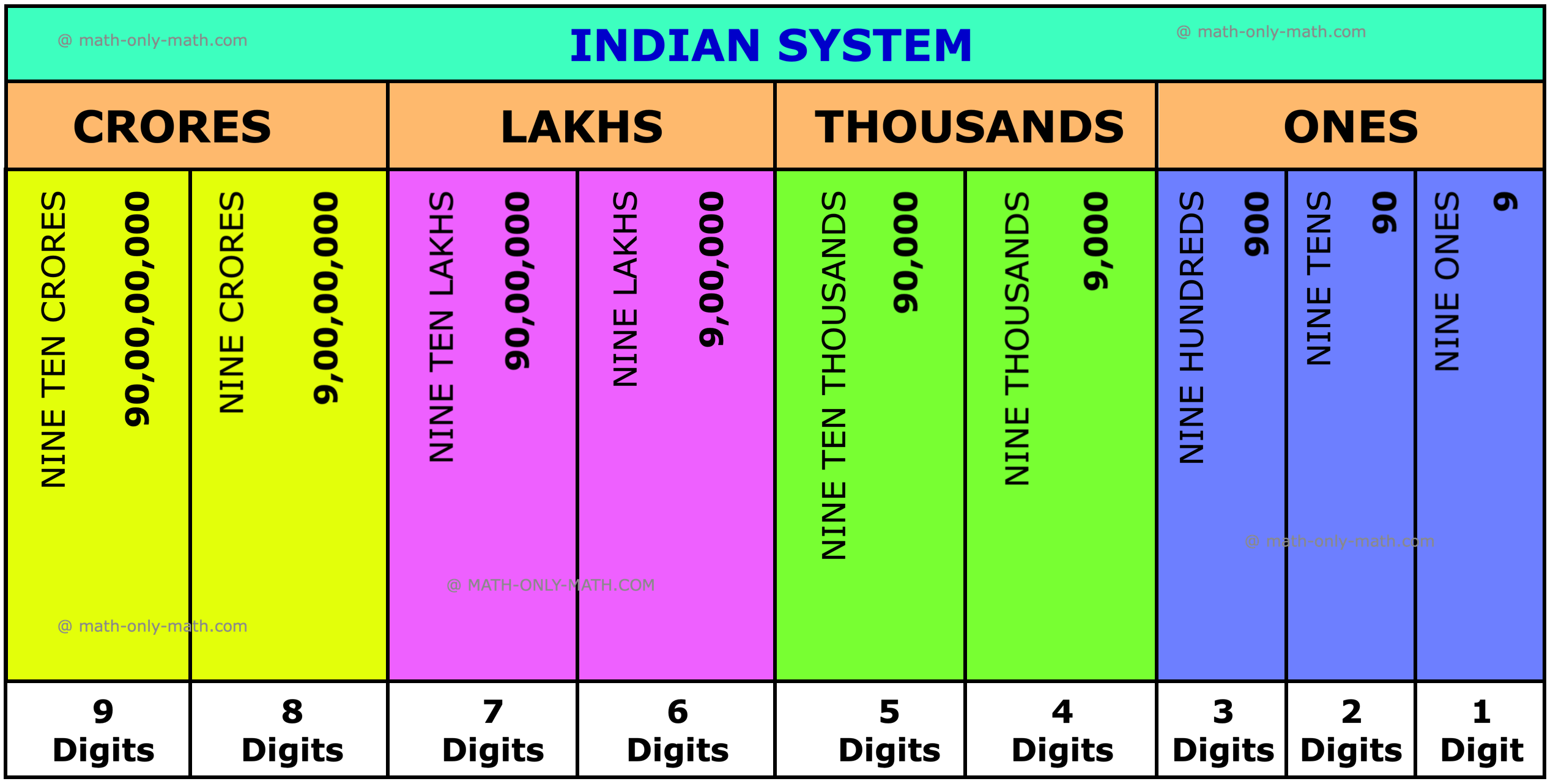

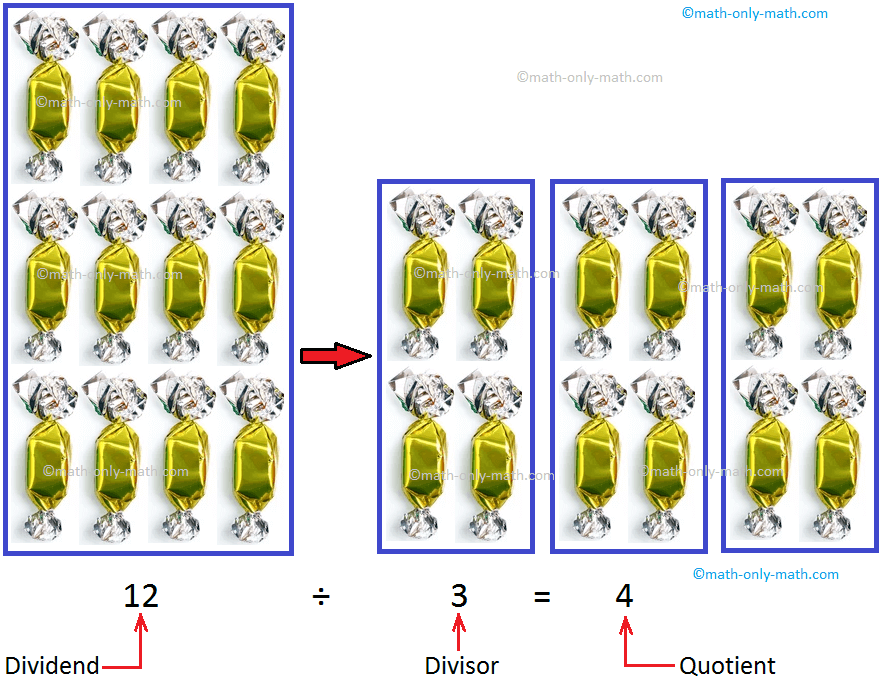


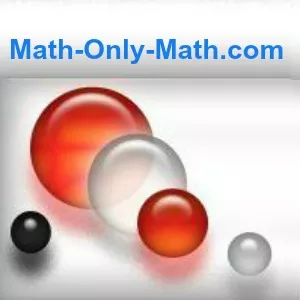






New! Comments
Have your say about what you just read! Leave me a comment in the box below. Ask a Question or Answer a Question.